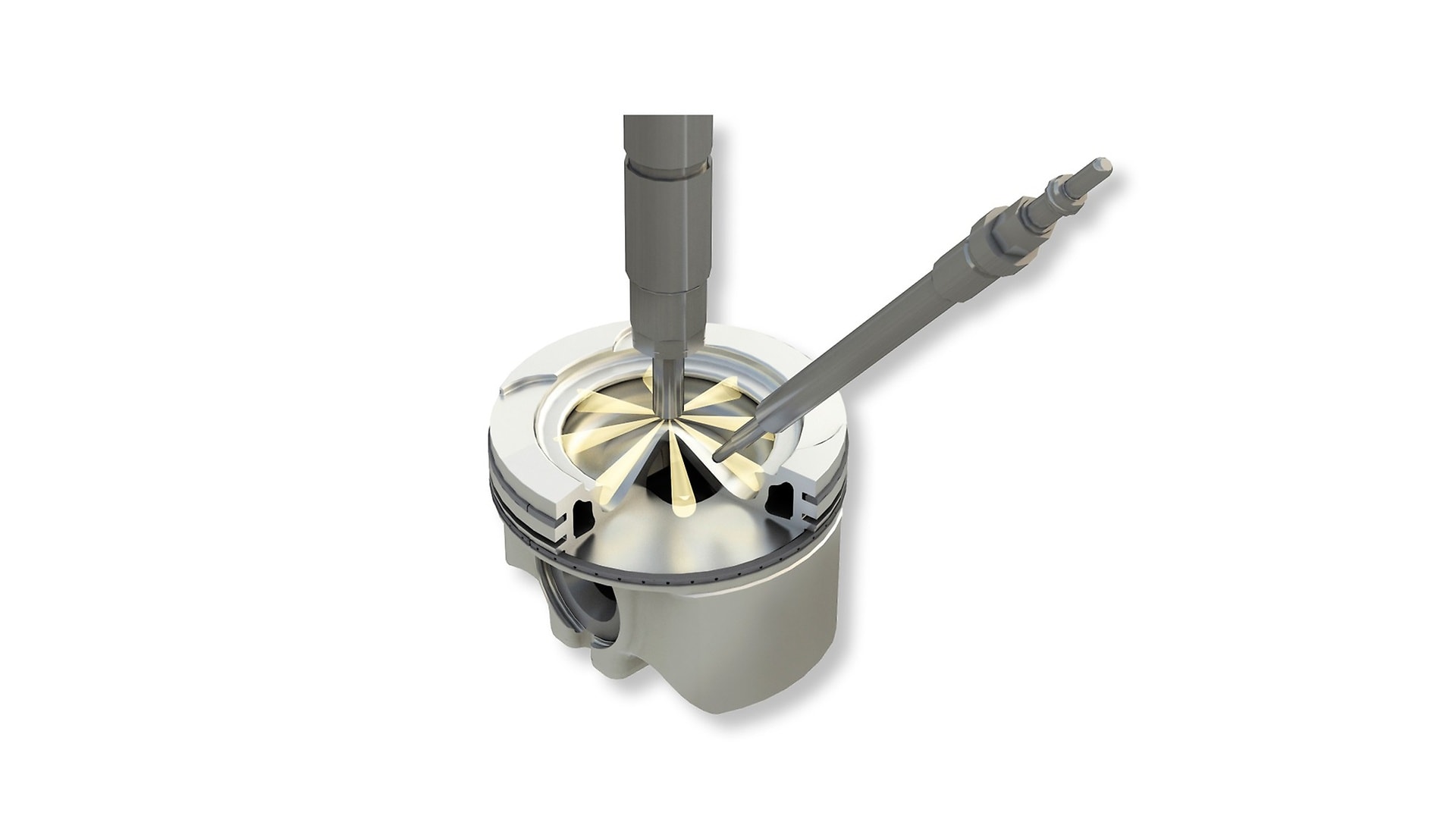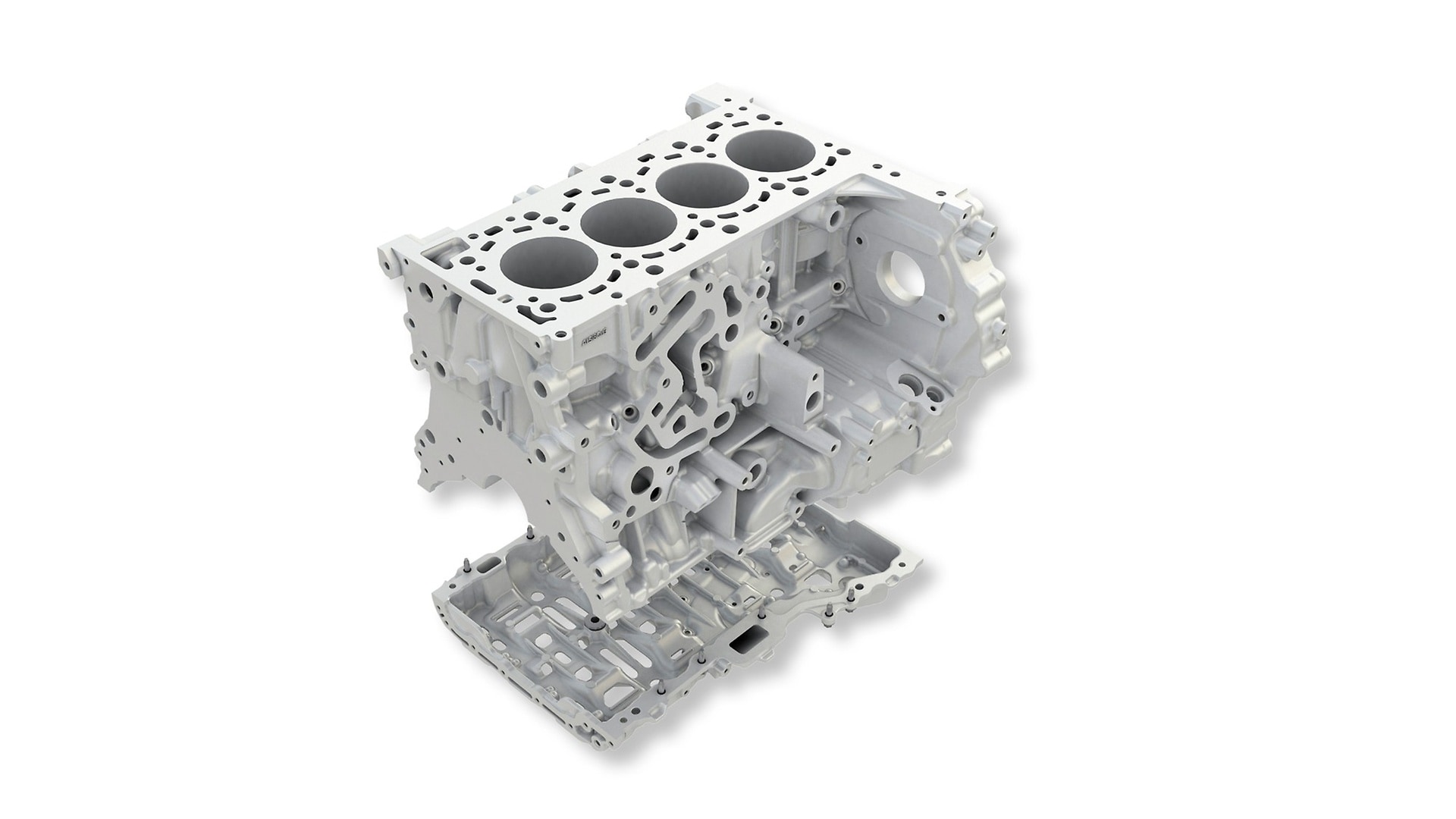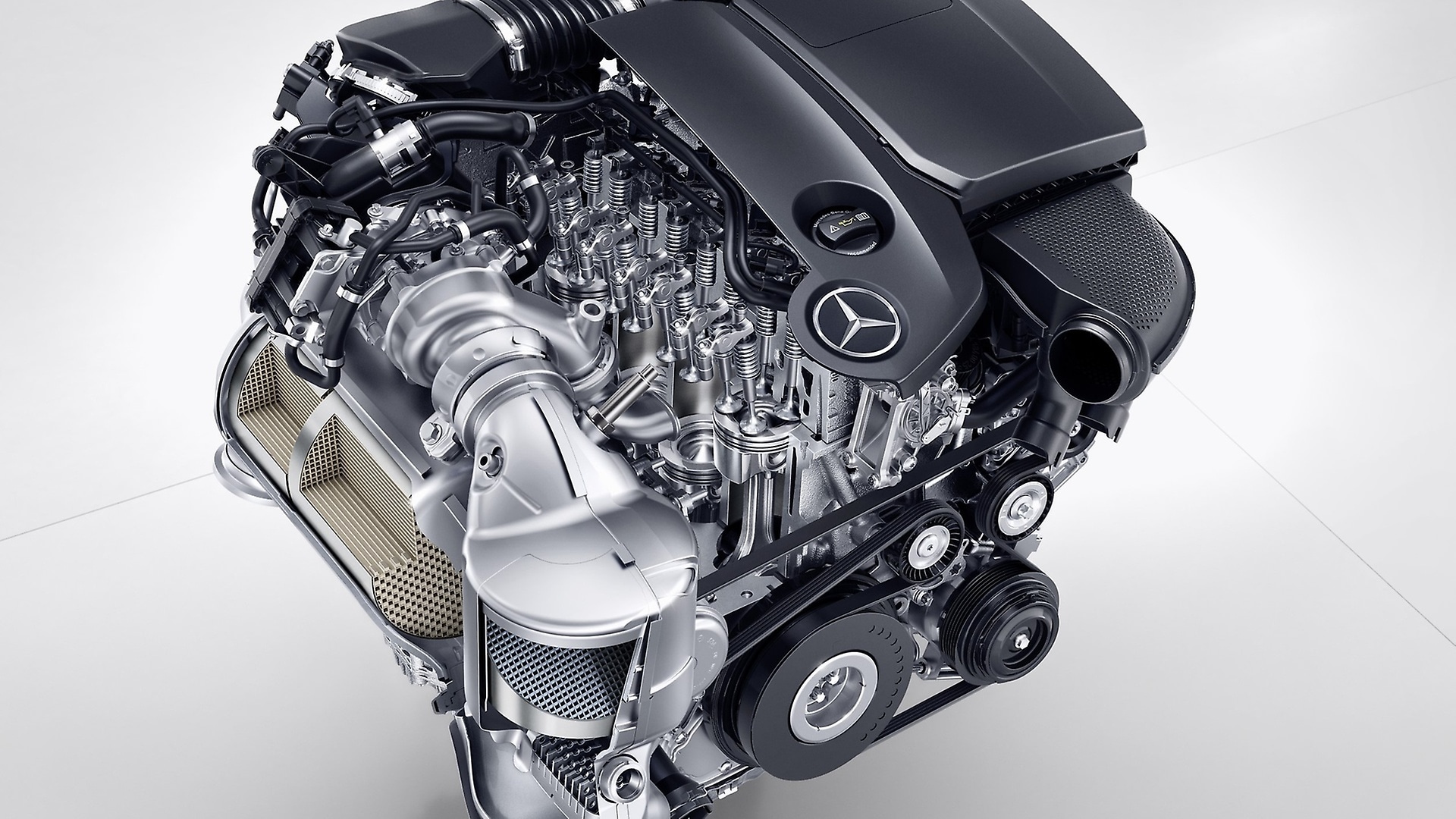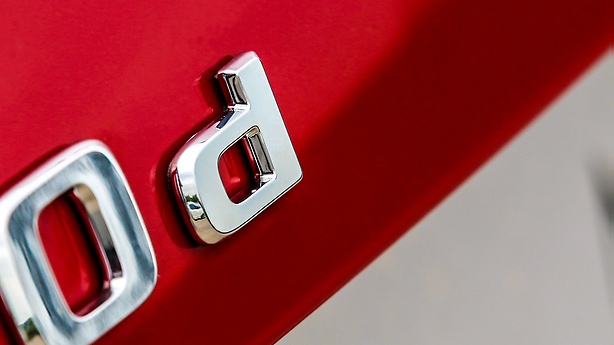The new four-cylinder diesel unit OM 654 marks the debut of a ground-breaking family of engines from Mercedes-Benz. Exemplary efficiency and emissions ensure that the premium diesel is future-proof while underlining the key role to be played by the diesel engine in achieving the challenging global climate targets.
,xPosition=0,yPosition=0.5)
OM 654 - More economical and powerful, more lightweight and compact



,xPosition=0.5,yPosition=0)
,xPosition=0.5,yPosition=0)